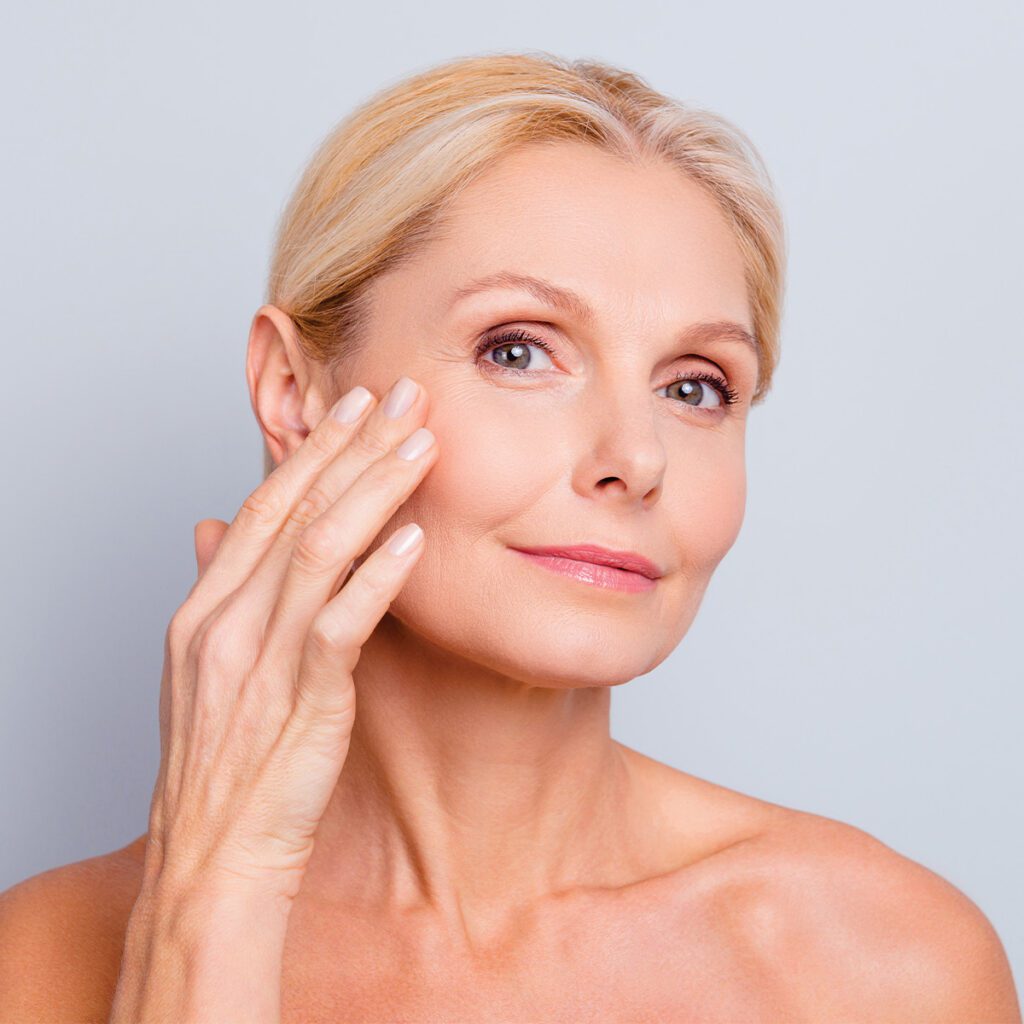At-Home & Professional Treatment Methods
It may be hard to accept, but scars are a very good thing – they’re a part of your body’s natural healing process, mending the damage done through an injury, surgery, or skin condition like acne. Yet many of us would prefer to hide our scars, or at least reduce their appearance, especially during a season that’s all about skin.

Here’s what you need to know: There are many different types of scars, most of which will fade over time. For new scars, early intervention is key to helping them heal and making them less noticeable. Popular methods for treating scars include:
At-Home Treatments
Vitamin E
Long touted as a top skincare ingredient, vitamin E is a powerful antioxidant that’s found naturally in certain foods as well as the body. When used as a topical treatment, vitamin E has a laundry list of benefits: It fights off free radicals (which interfere with healing), moisturizes the skin, and may improve the appearance of damaged tissue, such as scarring. Look for it in a cream form or as an oil, and apply the vitamin directly to the skin. It’s important to note that while uncommon, vitamin E can act as an allergen on certain skin types.
Aloe Vera
This wonder plant is full of anti-inflammatory properties as well as antioxidants. It both soothes the skin and helps to regenerate tissue beneath damaged skin. Aloe vera is also a natural moisturizer, leaving skin feeling healthier and softer. While the gel from a potted aloe plant is best for treatment, you can also find aloe vera gel at local drugstores.
Onion Extract
With its distinctive makeup of bioflavonoids (a type of antioxidant), onion extract is another natural treatment that can soften the appearance of scars. Onion extract is an active ingredient often found in scar treatment gels available at the drugstore.
Sunscreen
Although not as much a treatment as a form of prevention, sunscreen use is essential for those with new scars that are healing. Sun exposure is known to cause red or brown discoloration on the scar site, making the mark more noticeable. To prevent discoloration and help the scar fade more quickly, always wear a broad-spectrum sunscreen of SPF 30 or higher when outdoors and reapply at least every two hours.
Professional Treatments
Microneedling
In this virtually painless treatment, fine needles are used to penetrate the skin, stimulating the body to produce collagen and elastin. The result is a restored complexion with smaller scars.
Dermabrasion
Best for those with fair skin, dermabrasion removes the top layers of the skin using a rapidly revolving abrasive tool. As the skin heals, the surface appears smoother and more refreshed. This treatment has been proven effective for acne scars as well as scars from accidents or illness. Microdermabrasion, a less invasive method, is useful in treating very superficial scars.
Chemical Peels
Mild scarring can be improved with chemical peels. Here, an acid solution is applied to the skin that dissolves the skin cells to remove surface layers. The skin that grows back is visibly smoother. Similar to dermabrasion, this treatment is better suited for fair-skinned individuals.
Laser Resurfacing
This procedure removes damaged skin with lasers. As new skin grows in the following weeks, improvements to skin tone and the overall appearance of the scarred area become more noticeable. Laser resurfacing may be recommended for scars caused by acne, trauma, or surgery.
If you’re concerned about unsightly scarring, speak to a dermatologist. He or she will be able to create a customized treatment plan that suits your unique scar. HS

